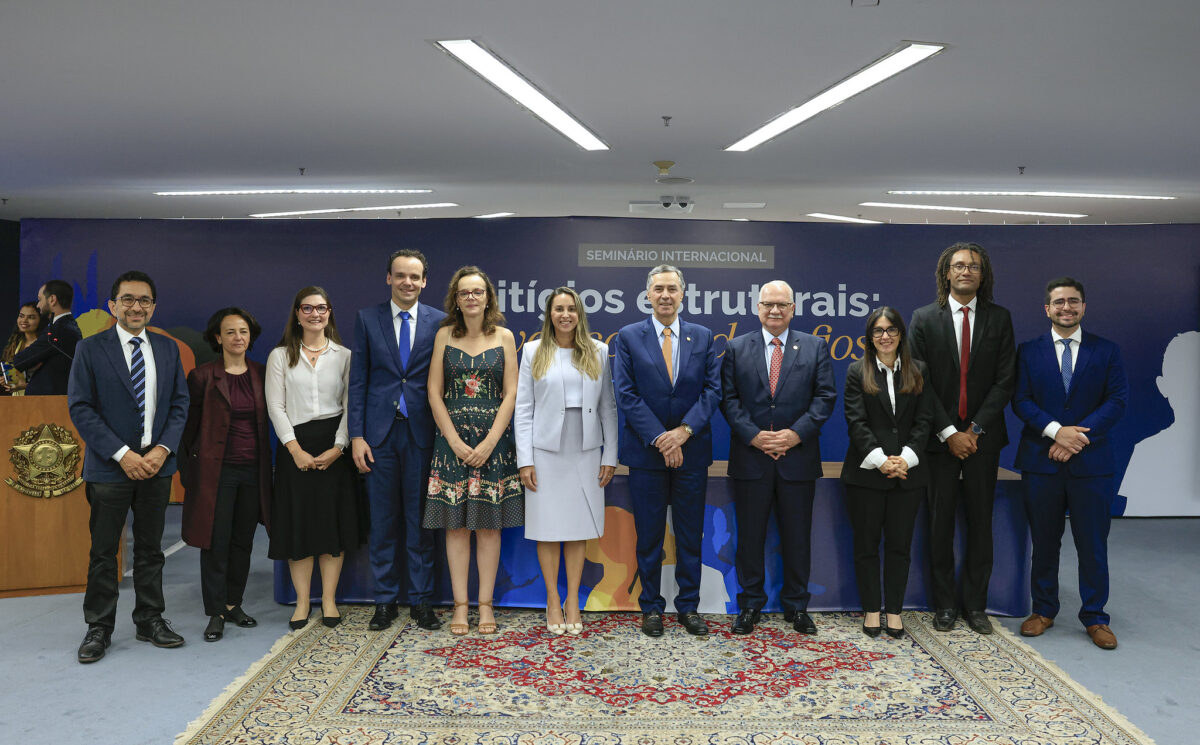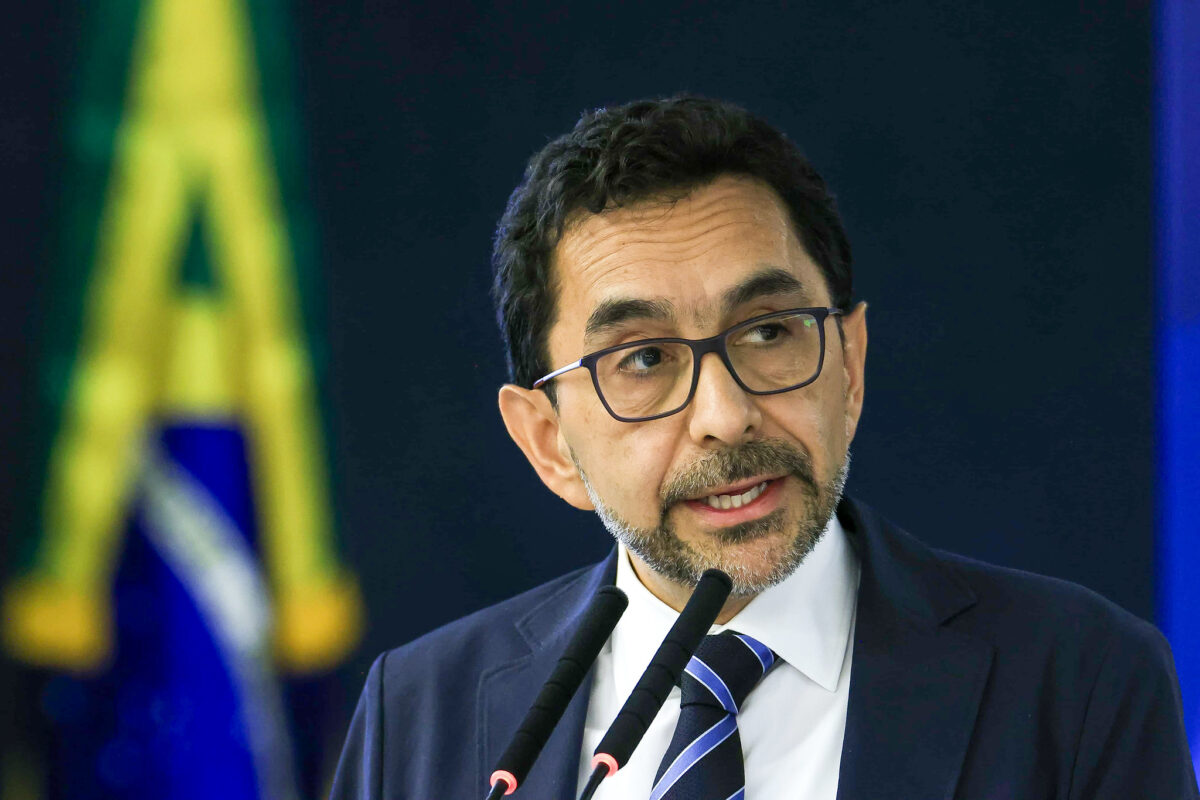CLIMATE AND ENVIRONMENT
The Center for Human Rights & Global Justice at NYC Climate Week 2025
The Center for Human Rights and Global Justice will host a weeklong series of events for NYC Climate Week 2025. Organized by the Earth Rights Research and Action (TERRA) Program, these events will bring together global thought leaders, advocates, and discipline-spanning scholars to center pressing questions of rights-based climate action and more-than-human rights at this year’s NYC Climate Week. Join us for an engaging series of panels, conversations, film screenings, and more.
Taking place at NYU Law, this dynamic week will run from Tuesday, September 23 to Thursday, September 25.

Tuesday, September 23, 2025
4:00-6:00 pm ET | English only
NYU School of Law, Wilf Hall, Room 512, 139 MacDougal Street
Join us for the official launch of Climate Change on Trial: Mobilizing Human Rights Litigation to Accelerate Climate Action, the new open-access book authored by Professor of Law César Rodríguez-Garavito and published by Cambridge University Press. This landmark publication traces the global rise of rights-based climate litigation and explores its transformative impacts on climate justice movements worldwide.
More than just a book, Climate Change on Trial is part of a comprehensive educational offering — including multimedia content, video explainers, and teaching resources — designed to support learning and action at the intersection of human rights and climate change.
Following a brief presentation of the book, an expert panel featuring César Rodríguez-Garavito (NYU Climate Law Accelerator), Elisa Morgera (UN Special Rapporteur on human rights and climate change), and Lisa Vanhala (Professor of Political Science at University College London), moderated by Ashley Otilia Nemeth (CLX Director of Programs), will discuss the evolving role of human rights law in the climate emergency. From courtroom strategies to global governance shifts to loss and damage, the conversation will highlight how the law has and must continue to adapt — urgently, creatively, and at a planetary scale — to remain relevant in the Anthropocene.
This event is hosted by NYU Climate Law Accelerator at the Center for Human Rights & Global Justice.
6:00-8:00 pm ET | English only
NYU School of Law, Wilf Hall, Room 512, 139 MacDougal Street
Summary: Signed in March 2024 by the late Māori King from Aotearoa (New Zealand) and other Pacific leaders, He Whakaputanga Moana is grounded in Te Ao Māori teachings and Polynesian values which recognize whales as both ancestors and sentient beings. Join us to hear from Hinemoana Halo, the Indigenous-led organization behind the Declaration, for a conversation on the rights of whales with legal experts from NYU MOTH and scientists from Project CETI.
Panelists:
- Aperahama Edwards
- Simon Mitchell
- César Rodríguez-Garavito
- David Gruber
This event is hosted by Hinemoana Halo, Project CETI, the NYU More-Than-Human Life (MOTH) Program at the Center for Human Rights and Global Justice.
6:00-8:00 pm ET | English, Spanish
NYU School of Law, Vanderbilt Hall, Room 206
With current threats to biodiversity, it is tracked by billions of data points worldwide. Technology today prioritizes global aggregation, severing ties between data and the communities who have been stewarding and caring for these biodiverse lands and waters. The pace of technology change is only accelerating this extractive norm. At 2025 NYC Climate Week, Local Contexts, the Indigenous Data Exchange, Center CIRCL and the NYU MOTH Program seek to interrupt this cycle. Join us to reimagine and put into practice Indigenous-led biodiversity data infrastructures. Our focus is on building a future that connects and empowers rather than extracts and disconnects.
Panelists:
- Stephanie Carroll (Ahtna)
- Jane Anderson
- Lydia Jennings (Pasqua Yaqui)
- Darren Ranco (Penobscot)
- Suzanne Greenlaw (Maliseet)
- José Gualinga (Kichwa de Sarayaku)
- Maheata White Davies (Tahiti)
- Erin Robinson
- Neil Davies
This event is hosted in collaboration with Local Contexts, the Indigenous Data Exchange, Center CIRCL and the NYU MOTH Program at the Center for Human Rights and Global Justice.
Wednesday, September 24, 2025
6:00-8:00 pm ET | English, Spanish
NYU School of Law, Tishman Auditorium, 40 Washington Square South
Join Sarayaku, the NYU MOTH Program, Selvas Producciones, Local Contexts, Fungi Foundation, Cosmo Sheldrake, SPUN, and 070 for an exclusive screening of Allpa Ukundi, Ñukanchi Pura (Underground, Around, and Among Us), a powerful new documentary directed by Natalia Arenas, Diego Forero, and Eriberto Gualinga that traces a groundbreaking collaboration between the Sarayaku People of the Ecuadorian Amazon and a global alliance of scientists, artists, and advocates. The film captures the alliance’s efforts to advance Indigenous sovereignty and defend the Sarayaku peoples’ ancestral territory against extractive threats by documenting fungal and sonic life in the Amazon, all set against the backdrop of Sarayaku’s intrepid Kawsak Sacha proposal for life. Following the screening, participants can stay for a discussion with members of the collaboration to explore how science, sound, and sovereignty intersect in the fight to defend the Living Forest.
Panelists:
- José Gualinga
- Samai Gualinga
- César Rodríguez-Garavito
- Eriberto Gualinga
- Jane Anderson
- Adriana Corrales
- Carlos Andrés Baquero Díaz
This event is hosted by TAYJASARUTA (Kichwa Indigenous People of Sarayaku), Selvas Producciones, Local Contexts, Fungi Foundation, Cosmo Sheldrake, SPUN, 070, and the NYU MOTH Program at the Center for Human Right and Global Justice.
Thursday, September 25, 2025
1:30-3:00 pm ET | English only
NYU School of Law, Wilf Hall 5th Floor, Room 512, 139 MacDougal Street
Join the Amazon Conservation Team (ACT) and the NYU MOTH Program to view Intangible Zone, learn more about the ACT’s work with Indigenous peoples living in voluntary isolation, and discuss the rights of these nations and the legal and political mechanisms available for their protection. About the film: In the Colombian Amazon, the Indigenous reserve Resguardo Curare Los Ingleses survives and fights to protect the Intangible Zone, a thriving territory inhabited by isolated Indigenous peoples, from the perils of the outside world.
Panelists:
- Brian Hettler
- Juana Hofman
- Daniel Aristizábal
This event is hosted by Amazon Conservation Team, the NYU MOTH Program at the Center for Human Rights and Global Justice.
3:00-4:30 pm ET | English only
NYU School of Law, Wilf Hall 5th Floor, Room 512, 139 MacDougal Street
Join us for a compelling conversation with Lisa Vanhala, author of Governing the End: The Making of Climate Change Loss and Damage, about the global politics of climate justice, the unequal impacts of climate change, and the challenges of turning international commitments into meaningful action. Drawing on in-depth research into the UN climate negotiations, Vanhala sheds light on how countries navigate loss, responsibility, and power in the face of planetary crisis.
Panelists:
- Lisa Vanhala (Pro Vice-Provost for the Grand Challenge Theme of the Climate Crisis, University College London)
- César Rodríguez-Garavito
This event is hosted by NYU Climate Law Accelerator at the Center for Human Rights & Global Justice.





